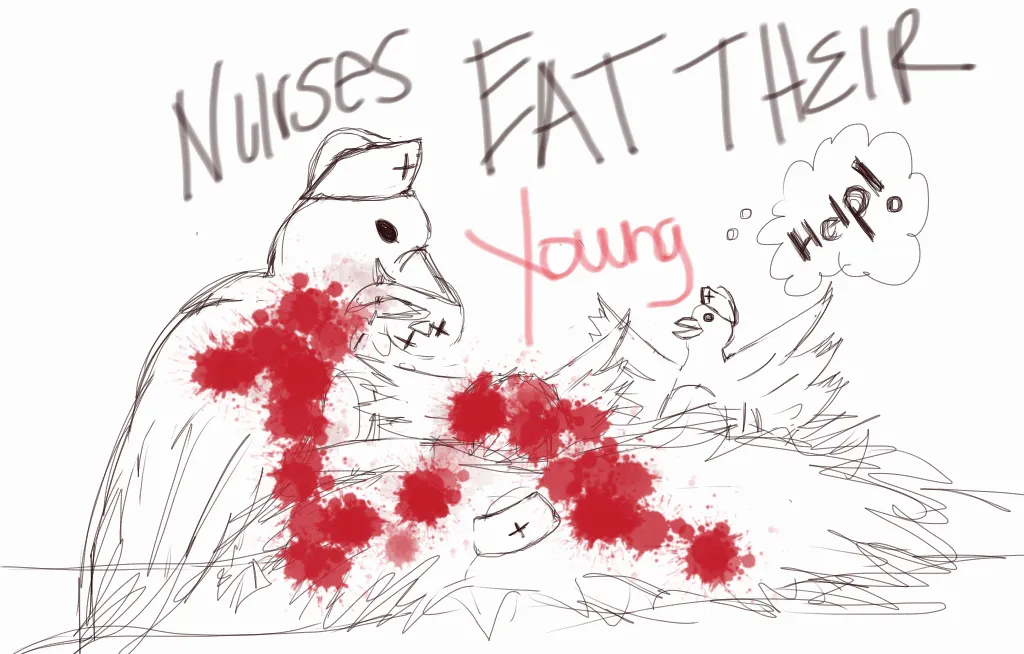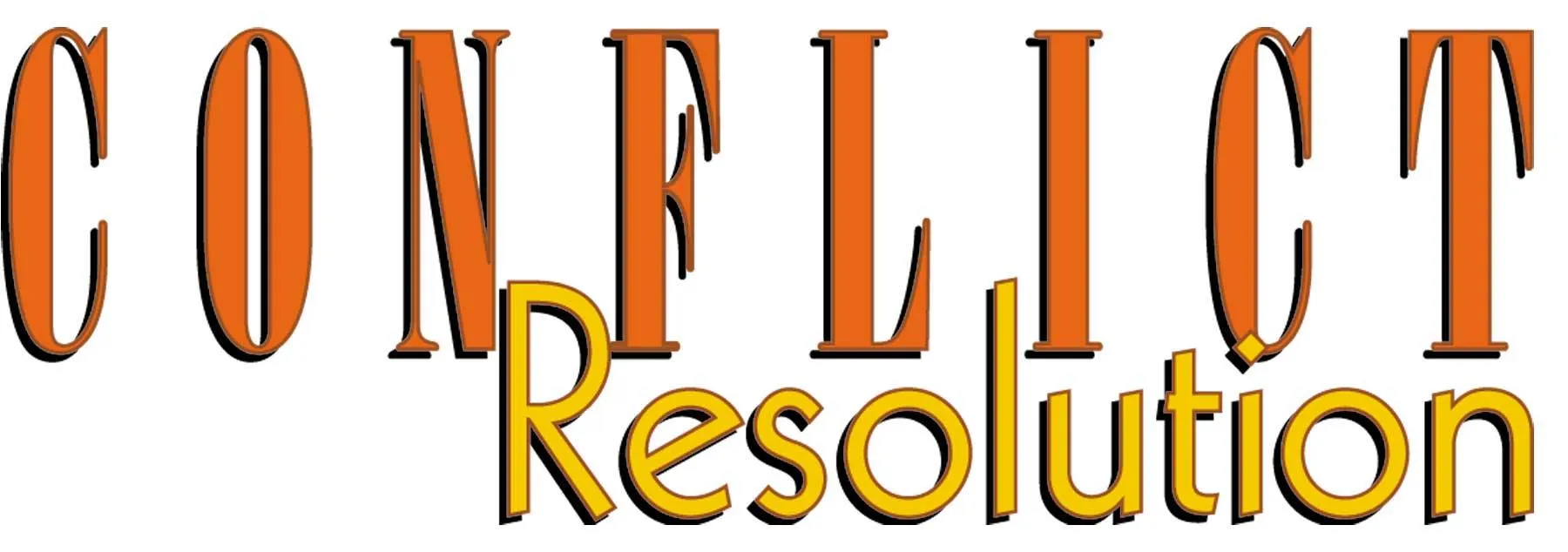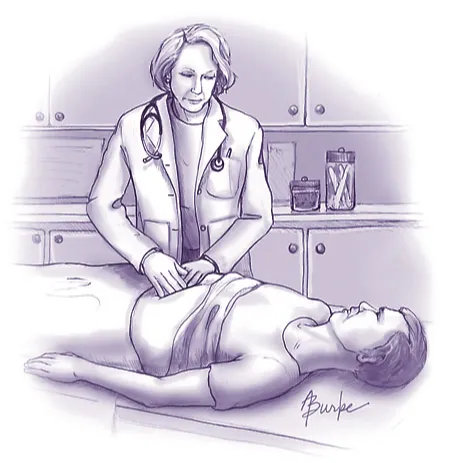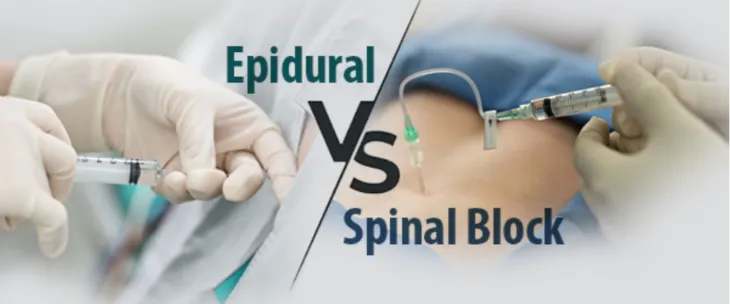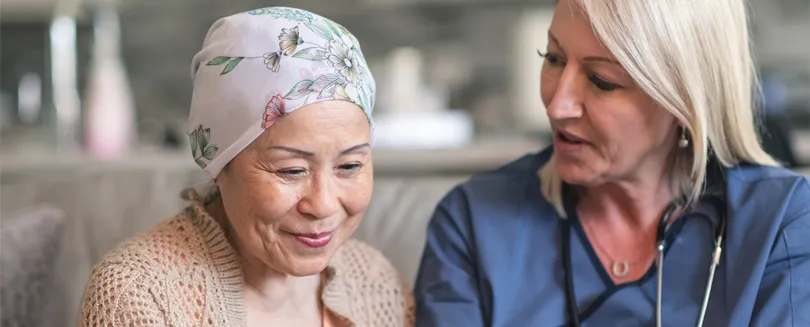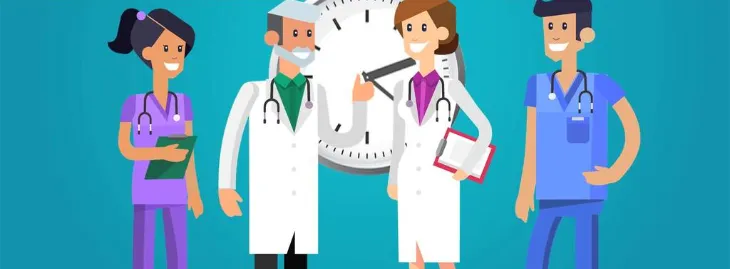Perioperative Journal of Nursing

Fostering Sound Relationships in Nursing Education Through Faculty and Student Mentoring
Tags: ethical principles ethics mentorship nursing ethics nursing faculty nursing students perioperative stress students violence
This article will provide a brief review of the literature on the benefits of effective mentoring such as improvement in the confidence level of novice nursing faculty members that leads to success as a teacher. This article will also provide an overview of some types of mentoring programs currently available. Further, this article will examine the importance of mentoring as it relates to enhancing the student-faculty relationship. Lastly, this article will examine ethical standards and the faculty member's role in promoting a just culture between the student, their peers, and the faculty member in the learning environment.
Read More →
What Can We Do to Promote Professional Socialization in Nursing?
Tags: clinical mentoring nursing faculty perioperative professional socialization student nurse transitioning working together
Transitioning to a new work setting is challenging for many nurses regardless of the time spent in practice. Promoting professional socialization, through mentoring and precepting, helps to facilitate a smooth transition. Effective mentoring, using role play, reflective exercises, and debriefing, provides the transitioning nurse the opportunity to self-actualize his or her potential in the new work environment. The use of Benner’s Novice to Expert Theory and Duchscher's Stages of Transition Theory as a basis for mentorship enhances safety and quality in the provision of care.
Read More →
Perioperative Fasting Guidelines as it relates to ERAS Protocol: Exploring Existing Modalities
Tags: anesthesia carbohydrate-rich drinks ERAS protocol NPO perioperative Perioperative fasting
For the longest time, any procedure requiring anesthesia was accompanied with perioperative instructions mandating a fast from midnight until the surgery. However, anyone that’s lived long enough has learned to understand that just because something has been done for a long time, it doesn’t mean it should be done for the rest of time. With technological advances and improvements in research, medical practices and patient instructions should evolve. Here, we’ll explore the rationale behind the old modality as it pertains to preoperative care and instructions, what’s changed in research and technology, and finally, what new modalities should be learned, taught, and implemented.
Read More →
The Importance of Educating in Real-Time
Tags: acute care critical thinking educating nursing education patient care patient safety perioperative teaching
Working in the acute care hospital, provides many opportunities to learn. As healthcare workers, we must recognize and act quickly on any situation that puts a patient at risk. A recent situation occurred in the hospital that required both the need to act and to provide education in real-time.
Read More →
Anesthesia Awareness for Perioperative Nurses
Tags: anesthesia awake awareness perioperative
Anesthesia awareness definition is an unexpected recall of events while under general anesthesia. The majority of the authors place the rate of anesthesia awareness to one patient out of every one thousand patients that experience some form of anesthesia awareness, however the exact mechanism of the pharmacological action of anesthetic is not clearly understood.
Read More →
Therapeutic Hypothermia Management
Tags: cardiac cerebral ischemia critical care hemorrhage Hypothermia perioperative recommendations Subarachnoid Hemorrhage Therapeutic Hypothermia therapy traumatic brain injury treatment
The leading cause of death in North America is heart disease, resulting in 611,105 deaths in the last year. Cardiac arrest accounts for more than 300,000 heart disease related deaths. Patients that receive early quality chest compressions and defibrillation present with increased survival rate, however, the degree of brain dysfunction varies. The advancement in cardiopulmonary resuscitation after cardiac arrest and the use of therapeutic hypothermia have minimized brain injury and improved neurologic outcome. In 2002, two studies demonstrated the use of therapeutic hypothermia after cardiac arrest proving to lower mortality rate and have neuroprotective effect. This led the American Heart Association and the International Liaison Committee on Resuscitation to recommend the implementation of therapeutic hypothermia after the return of spontaneous circulation post-cardiac arrest. Mild hypothermia is also utilized in traumatic brain injury to control cerebral edema and to decrease intracranial pressure (ICP), cerebral ischemia, and subarachnoid hemorrhage (SAH). However, clinical effectiveness for subarachnoid hemorrhage is still questionable. This paper will focus on the recommendations for therapeutic hypothermia after cardiac arrest as well as a briefly discuss its use for clinical trials in traumatic brain injury, cerebral ischemia, and SAH.
Read More →
The Nursing Image: A Position Paper
Tags: advocacy advocate Community Health Nursing ethics future of nursing media Nurse Education nursing ethics Perception perioperative Position Paper profession reflection
The nursing image connotes a healing caregiver at a patient’s bedside. Nursing as a highly skilled and education profession remains incongruent with media and advertising portrayal of the nursing image, in contrast to published reports as the most trusted profession for the past decade. Current public perceptions of the nursing image are sharply contrasted to that of how nursing prefers to be viewed. This purpose of this work is to edify two contrasting positions of the ethical constructs of the nursing image as well as present posits of the author.
Read More →
What do they expect? A comparison of student expectations and outcomes of undergraduate research experiences
Tags: experiences nursing students perioperative research student student expectations student outcomes students
The big challenges facing nursing students today have permanent effects on us all as patients. Nursing students need to be able to value the relevance, authority, and utility of nursing research for patient care through embedding research learning in both academic and practice-based settings. Students can be supported in learning how to access, understand, and appraise the authority of research through weaving these skills into enquiry-based learning. Furthermore, encouraging students to undertake research- based practice change projects can support research utilization and development skills.
Read More →Get Published for Free
Browse by Tag
advocate aging anesthesia behavior cardiac care Case Study child children clinical compassion COVID-19 critical care death diabetes disease education emergency department end of life ethical principles ethical values ethics future of nursing health health care ICU medication mental health nurse Nurse Education nursing nursing education nursing ethics nursing faculty nursing school nursing students PACU patient care patient outcomes patient safety pediatric poem profession risk factors stress student nurse students teaching therapy treatment
Most Popular Last Month
More from RN Journal
Views of a New Graduate Nurse: The Value of Mentorship
A Retrospective on Nursing During the 2014 - 2016 Ebola Outbreak
How to Ace Online Classes for Nurses
The Significance of the Missed Assessment: HIV/AIDS in the Older Adult
Enhancing Nursing Education: Unfolding Case Studies with Standardized Patients for Difficult Conversations
Enuresis
The Crisis in Iraq
Why Skin Tears Are a Big Deal
Healthy Cooking for the Soul
